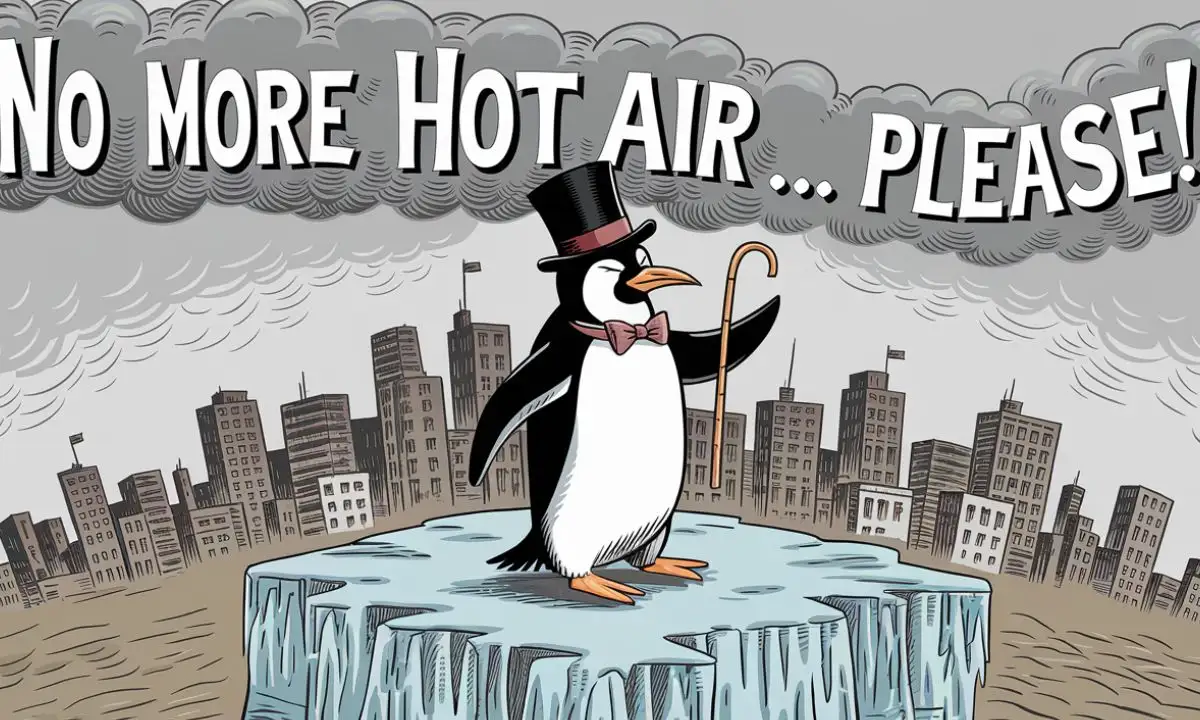UNEP’s Emissions Gap Report 2024 – No more hot air … please!

The United Nations Environment Program’s 15th Emissions Gap Report 2024 was recently published, focusing on guiding countries on their next nationally determined contributions (NDCs) for 2035, due by February 2025.
UNEP reports that current global policies will lead to a 3.1°C temperature rise. Even if 2030 commitments are met, warming would still reach 2.6–2.8°C. The world needs to close the vast emissions gap in updated climate pledges and deliver immediate, concrete climate action to limit the global temperature rise to 1.5°C above pre-industrial levels.
According to the report, data shows that global greenhouse gas emissions in 2023 reached a record high of 57.1 gigatons of CO₂ equivalent—a 1.3% increase from last year. The largest emissions were from the power sector (26%), transport (15%), industry (11%), agriculture (11%), fuel production (10%), and industrial processes (9%).
The six largest GHG emitters accounted for 63% of total global emissions in 2023. China led with 30%, followed by the USA (11%), India (8%), the European Union (27 countries – 6%), the Russian Federation (5%), and Brazil (2%).
China’s GHG emissions saw an increase of 5.2% from the previous year, while the USA’s declined by 1.4%. China’s 2023 emissions at 16,000 MtCO₂e are almost three times higher than the USA’s total of 5,970 MtCO₂e.
To limit global warming to below 2°C, annual emissions by 2030 need to fall to 14 GtCO₂e, the report adds.
“Today’s Emissions Gap report is clear: we’re playing with fire; but there can be no more playing for time. We’re out of time. Closing the emissions gap means closing the ambition gap, the implementation gap, and the finance gap. Starting at COP29.” Said António Guterres, UN Secretary-General, in a press release.
According to the report projections, fully implementing all unconditional and conditional NDCs would reduce 2030 emissions by 4% and 10% from 2019 levels, but a 28% reduction is required for a 2°C target, and a 42% cut is needed to limit warming to 1.5°C.
The report points out that if current policies continue, there’s a 97% chance that global temperatures will rise above 2°C, with a 3°C increase being 37% likely.
“I urge every nation: no more hot air, please. Use the upcoming COP29 talks in Baku, Azerbaijan, to increase action now, set the stage for stronger NDCs, and then go all-out to get on a 1.5°C pathway,” said Inger Andersen, Executive Director of UNEP.
“Even if the world overshoots 1.5°C – and the chances of this happening are increasing every day – we must keep striving for a net-zero, sustainable and prosperous world,” he stated. “Every fraction of a degree avoided counts in terms of lives saved, economies protected, damages avoided, biodiversity conserved and the ability to rapidly bring down any temperature overshoot.”
According to the assessment, limiting warming to 1.5°C is technically possible but requires massive efforts from all nations.
The world needs to cut emissions by up to 31 GtCO₂e in 2030 and 41 GtCO₂e in 2035.
Solar and wind energy production can achieve 27% of the necessary cuts by 2030 and 38% by 2035. Forest preservation could add 20% of the cuts in both years. Buildings, transport, and industry should shift to more efficient, electrified, and lower-emission practices.
Achieving goals to triple renewables, double efficiency, transition from fossil fuels, and protect ecosystems by 2030 is technically achievable.
Also Read: 7 Key Talking Points of COP16 – UN Biodiversity Conference in Colombia
Reaching net-zero requires six times more climate mitigation investment, backed by a reformed financial system, private sector support, and global cooperation.
UNEP’s assessment calls for phasing out all gases listed in the Kyoto Protocol, prioritizing Sustainable Development Goals, ensuring transparency and accountability about NDC goals and implementation, accelerating mitigation efforts, doubling annual energy efficiency rates, and transitioning away from fossil fuels.






